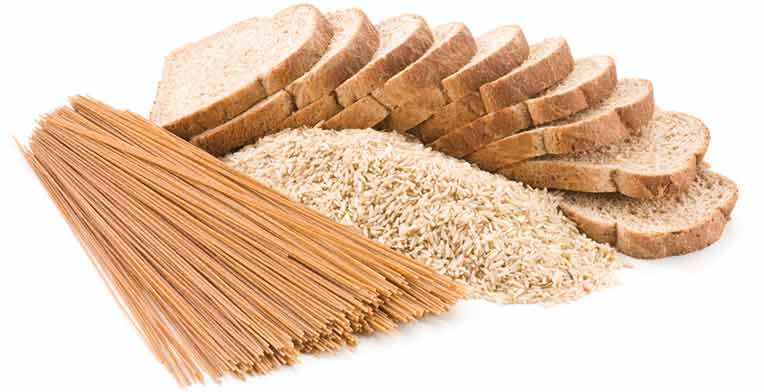HealthXchange will NEVER ask you to transfer money over a call. If in doubt, call the 24/7 ScamShield helpline at 1799, or visit the ScamShield website at www.scamshield.gov.sg.

A healthy diet for diabetes is easy, just follow the eight simple steps below.
Consult your dietitian for help with your daily caloric requirements. This is very individual, and would depend on several lifestyle factors as well as your current medical condition, says Ms Kala Adaikan, Senior Principal Dietitian at the Department of Dietetics, Singapore General Hospital (SGH), a member of the SingHealth group.
Take these steps for a healthy diabetes diet
- A balanced diet is key. Fill half your plate with fruits and vegetables, a quarter with starchy carbohydrates and another quarter with protein or dairy products.
- Your total caloric intake matters! Opt for healthier cooking methods such as steaming or grilling instead of frying, and cut back on the use of fats and oils.
- Count your carbohydrate intake to prevent from eating beyond your carbohydrate targets.
 Choose wholegrain starchy foods such as brown rice, chapatti, oats and wholegrain cereal and noodles/pasta made of wholewheat as they are high in fibre and will allow glucose to be released into the blood stream at a slower rate, resulting in better blood glucose profiles.
Choose wholegrain starchy foods such as brown rice, chapatti, oats and wholegrain cereal and noodles/pasta made of wholewheat as they are high in fibre and will allow glucose to be released into the blood stream at a slower rate, resulting in better blood glucose profiles.
- Keep foods whole e.g. choose wholegrain over white rice and whole fruit over fruit juice. Whole fruits contain fibre which makes you feel full longer and result in a more stable blood glucose profile.
 People with diabetes can eat fruit. You should have two servings of fruit in total daily, preferably one serving per meal (for example, 1 wedge of papaya at lunch and 1 small apple at dinner).
People with diabetes can eat fruit. You should have two servings of fruit in total daily, preferably one serving per meal (for example, 1 wedge of papaya at lunch and 1 small apple at dinner).
- Watch out for sauces, gravies and starchy soups as these also contain carbohydrates, and should be taken into account towards your total daily carbohydrate intake.
- Remember that not all low GI foods are healthy choices. You will need to also consider the fat content and calories.
Ref: O17
Also, check out our other articles on diabetes:
Diabetes: How to Manage Blood Sugar Levels When You Fall Sick
Diabetes Foot Care: 10 Steps to Healthy Feet
Travelling with Diabetes: Tips Before You Go
Hyperglycaemia (High Blood Glucose): First Signs
Hyperglycaemia (High Blood Glucose): What to Do
Hypoglycaemia (Low Blood Glucose): Warning Signs and Symptoms
Contributed by
Related Articles
Conditions & Treatments
Public Events
Get the Health Buddy App
© 2025 SingHealth Group. All Rights Reserved.


















 Get it on Google Play
Get it on Google Play